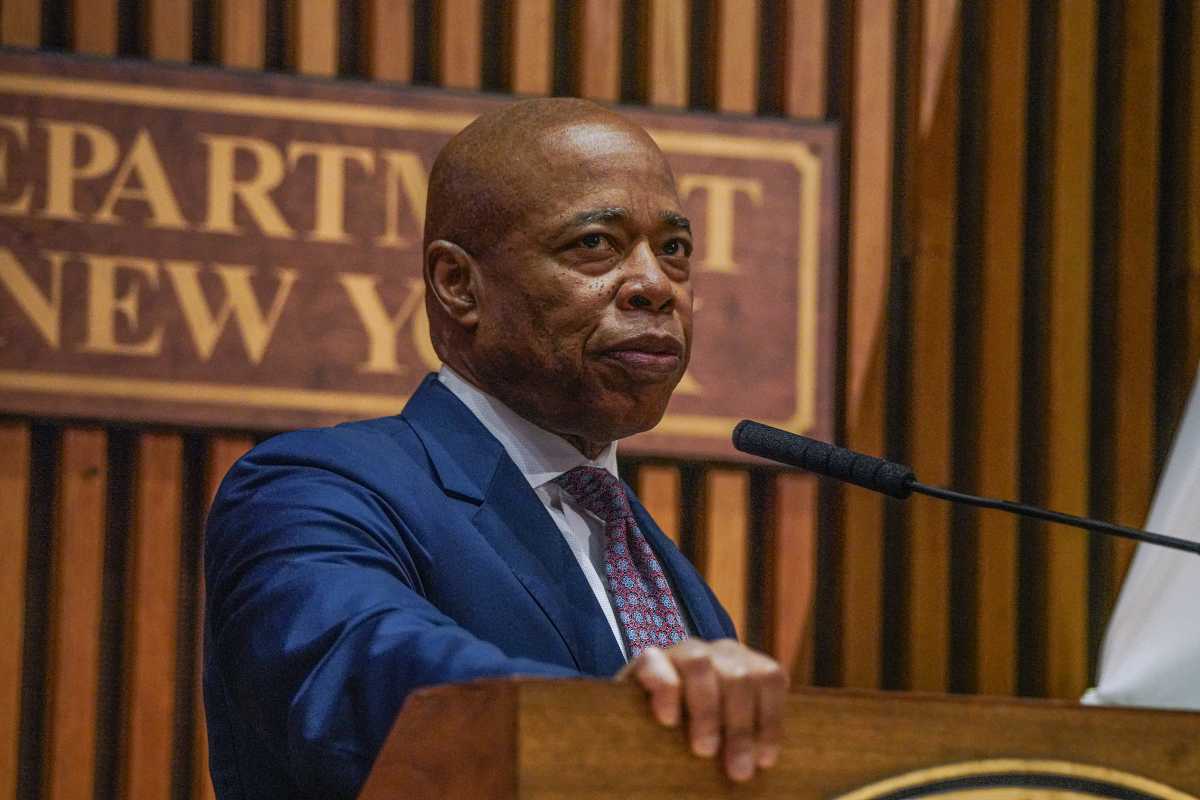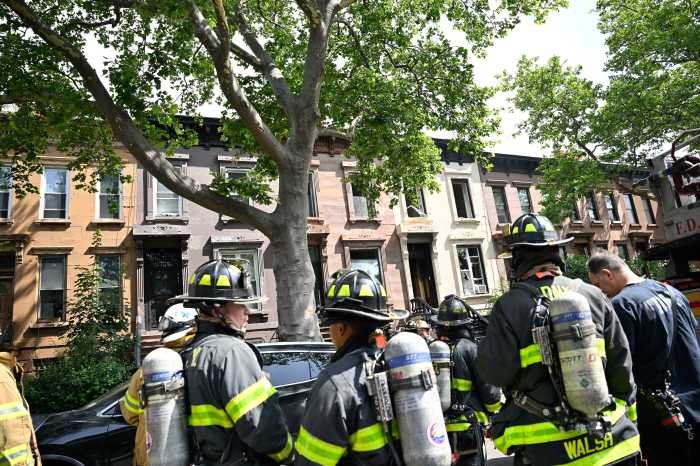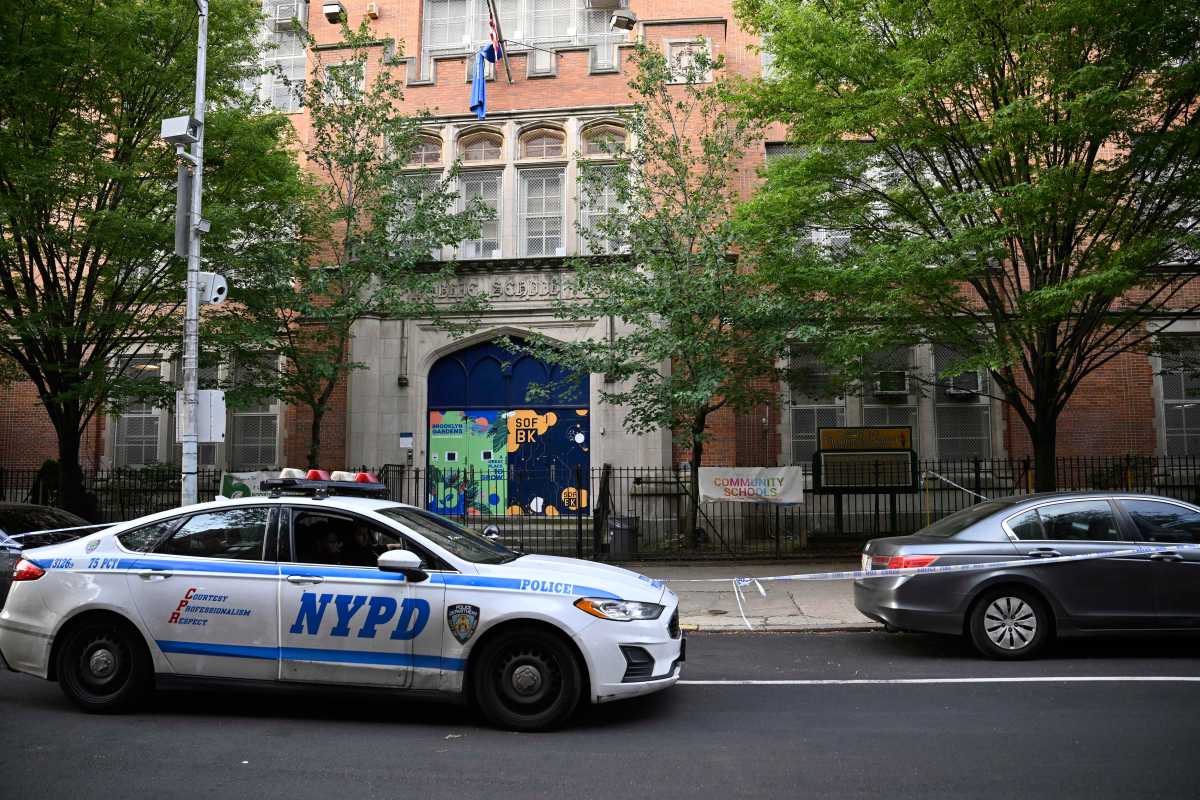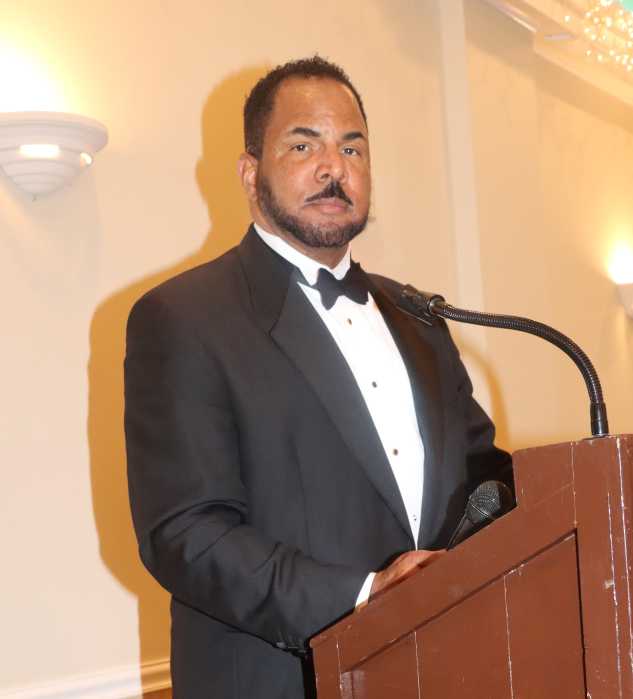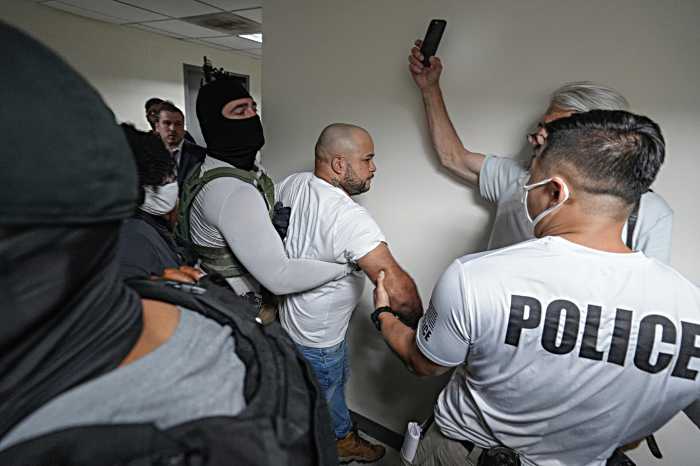How do you change a place while keeping it the same?
City planners have set their sights on Fulton Mall in hopes of capitalizing
on the rapid gentrification of the area, while trying to keep existing
customers satisfied.
One hundred thousand shoppers pass through the mall — which runs
from Boerum Place to Flatbush Avenue — each day.
Yet nearby residents rarely shop there, citing its uninteresting mix of
discount clothiers, electronic emporiums, and a rising number of chain
stores.
“People who shop there are very satisfied, but you get a completely
opposite sentiment from people who don’t,” said Vicki Weiner
of Pratt Center for Community Development, which released a survey of
mall customers on Thursday.
High foot-traffic in the garishly neon-lit pedestrian mall allows for
high rents — which are comparable to posh Seventh Avenue in Park
Slope and Montague Street in Brooklyn Heights, according to the Brooklyn
Chamber of Commerce.
But planners believe the mall’s future calls for transforming it
into a buzzing, 24-hour destination — thanks to a Soho-like residential
conversion of dozens of vacant offices above existing retail spaces.
“There was never [such a] market for residential before,” said
Al Laboz, chairman of the Fulton Street Mall Special Assessment District.
Laboz owns of a seven-story landmark building that houses Conway, but
knows that other owners are sitting on vacant offices that need a lot
of work.
“Some of the spaces are truly beautiful,” Laboz said. “But
many have been boarded up for 40 or 50 years. Some of the vacant offices
have no infrastructure at all.”
The Pratt study tried to find the balance between promoting residential
growth and preserving current retail trends at the mall.
“It’s really a thriving local economy,” said Michael Burke,
director of the Downtown Brooklyn Council. “I think everyone wants
to keep the current, hip-hop, urban market, but we want to bring in new
markets, too.”
Fulton Street has a long and glorious history. Once a way station along
the Underground Railroad for escaped slaves, it later became known for
stately brick buildings and upscale department stores.
Now, it’s known for cellphone stores.



